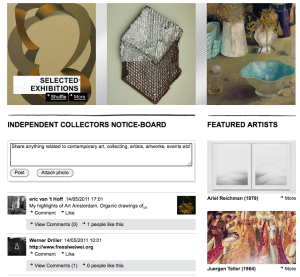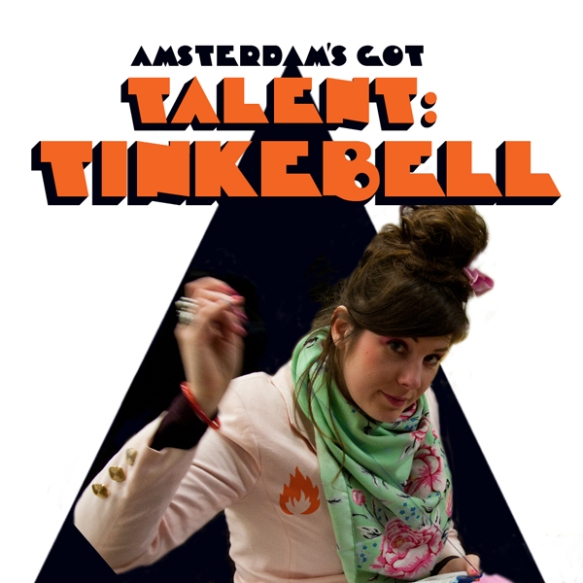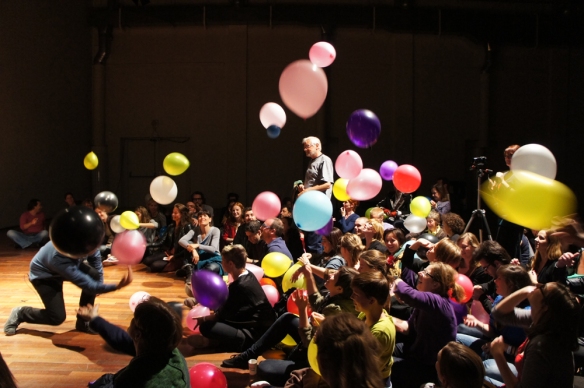A reaction on the debate on blogging and art criticism, in Dutch
Door: Daphne Rieken
Kan bloggen kunstkritiek zijn?
Dat is de drijvende vraag achter het debat Cultural Blogging als kunstkritiek op Art Amsterdam. En de vraag die Ine Poppe als eerste spreker al in de voorstelronde van tafel veegt. “Het doet er niet toe, als het maar goed is.” Wanneer de grenzen in de kunst en wetenschap vervagen en interdisciplinair werken de norm wordt dan weet je dat andere concepten er ook aan moeten geloven. Kunstkritiek is al lang niet meer de recensie die in krant of tijdschrift verschijnt. Naast dat hier steeds minder ruimte voor is op de cultuurpagina’s, ontbreekt vaak iedere kritische noot en diepgang. Genres mogen dan vervagen deze twee elementen lijken me de fundamenten van iedere vorm van kunstkritiek. En om dit in veranderende kunstwereld zo goed te doen als Ine Poppe zou willen dan moeten er vele dingen samenkomen.
Het blog is hier wellicht de uitgelezen plek voor. Halverwege de jaren zeventig ontwikkelde de october group verschillende frames om de kunst te bestuderen. Vanuit een post-modernistisch wereldbeeld was het niet meer dan logisch om kunst niet langer in kunsthistorische lijnen te plaatsen, maar te benaderen vanuit verschillende (theoretische) kaders. Dus vormde bijvoorbeeld het formalisme of de psycho-analyse het uitgangspunt van waaruit kunst betekenis en gelaagdheid kreeg. De frames zijn inmiddels enigszins gedateerd, maar nog steeds van waarde voor wie nu nadenkt over kunstkritiek. Want binnen het zich steeds verder versnipperende kunstenveld (kenmerk van onze tijd op vele gebieden) zijn er plekken nodig waar al deze initiatieven betekenis krijgen en bekritiseerd worden. En dat gebeurt binnen zeer uiteenopende frames op het web.




